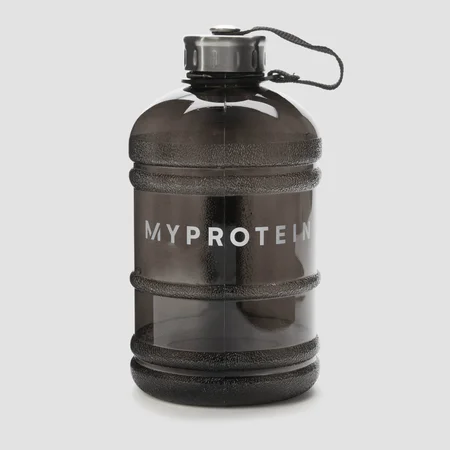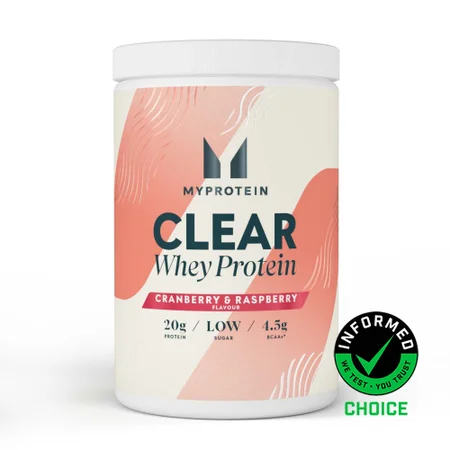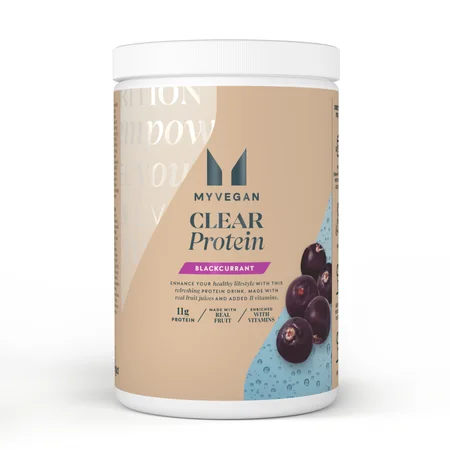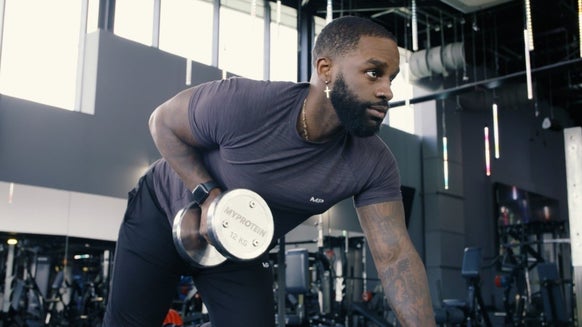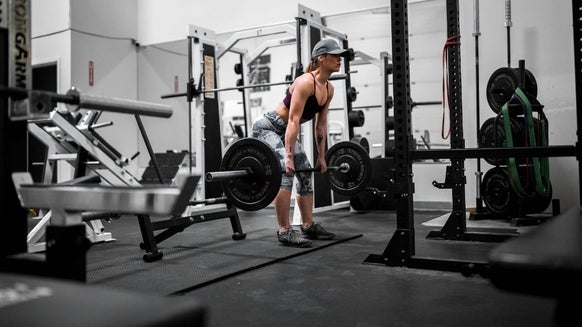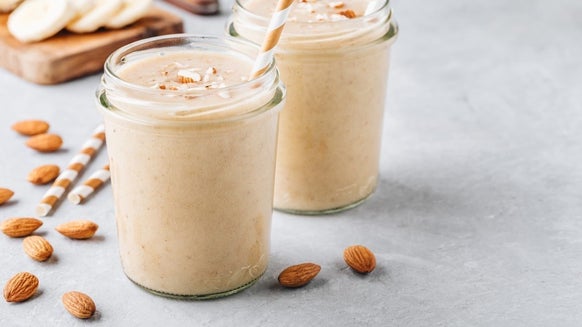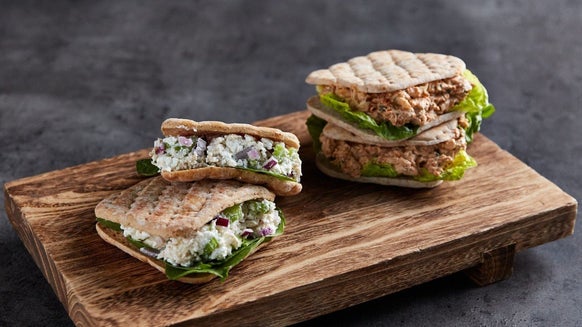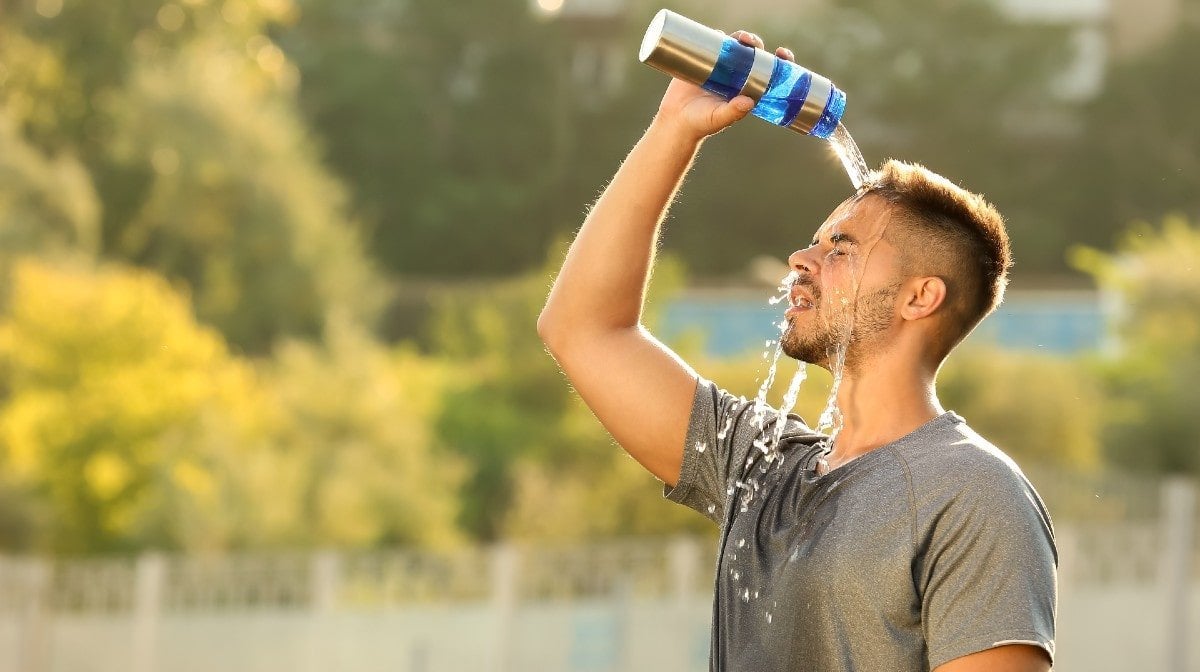
Recently, the western coast of the USA and Canada have been experiencing record breaking heat waves. Despite brief periods of respite, it is likely that such events will occur again, with more heatwaves broadcast in the near future. Here in the UK, we’ve been experiencing some serious heat too with temperatures soaring.
Train Early or Late in The Day
Wear Sunscreen
This one is obvious to many. If you’re going to be exercising outdoors during intense (or even moderate) sunshine, then the last thing you want is sunburn, to any degree.
Exercise Nutrition
When exercising, your body relies on having a sufficient supply of carbohydrates to get you through the session. Furthermore, micronutrients in a balanced diet are key for performing essential bodily functions, such as the roles of sodium and potassium in muscle contractions. Subsequently, we need to ensure that our body is fuelled sufficiently to carry us through our session, or else we risk undue fatigue and potentially dizziness, exacerbated by intense sunlight.
Hydration
When exercising, it’s normal to lose body water via sweating, and increased metabolic activity in your muscles also leads to a rise in core temperature. Remaining hydrated has a significant effect on your body’s ability to regulate its temperature – known as thermoregulation, a part of homeostasis. When hydration is insufficient, your body is unable to cool itself efficiently, leading to hyperthermia – excessively elevated core temperature. Hydration levels also significantly influence athletic performance, as electrolytes are lost in sweat. The loss of fluids and electrolytes leads to more rapid fatigue of skeletal muscles, drastically hindering performance.
Unfortunately, you cannot simply keep chugging as much water as your body can take. Doing so can lead to a condition known as hyponatraemia – referring to having low levels of sodium in the blood. This is because ingesting too much water can make your body hypervolemic, meaning you now have an excessive water to sodium ratio in your body. This changes the osmotic gradient in your body, allowing water to flood into cells – leading to symptoms such as swelling, nausea, and even seizures to name just a few symptoms.
The colour of your urine is one of the best indicators of your hydration levels. Charts showing normal and abnormal colouring should be used as a guide. Additionally, how you feel is a good indicator – if you feel tired and fatigued in the middle of the day, it’s likely that you need to rehydrate. Finally, knowing your normal body mass is helpful, as you can then use this as a guide to somewhat replace body mass lost through sweat.
Dress for the Weather
Wearing light coloured clothing that is breathable is the best way to dress when exercising in the heat, particularly when outdoors. Dark coloured clothing absorbs more light, meaning you will get hotter, while light coloured clothing reflects more of the sunlight that hits it, minimising the amount of heat absorbed by you.
Of course, UV-blocking sunglasses and high SPF sunscreen will help to protect your eyes and skin. This is important to remember since sunburn limits your body's ability to regulate its temperature and remain cool.
Be Aware of The Symptoms of Heat Exhaustion and Heat Stroke
One of the reasons for this is due to a lack of hydration, leading to a lower fluid volume to carry oxygenated red blood cells efficiently to the brain. This is what causes symptoms of heat exhaustion such as fainting, headaches and dizziness.
The main symptoms of heat exhaustion are as follows:
Dizziness Headache Fainting Nausea or vomiting Dark urine Cool, moist skin Heavy sweating Muscle cramps Fatigue Weakness
When these symptoms occur, it is vital that you address them immediately, or else they may progress to a more serious condition known as heat stroke. This includes symptoms such as:
Core temperature of above 39°C Seizures Unconsciousness Dry, hot skin (no sweating) Rapid, weak pulse - Confusion
Take Home Message
READ THESE NEXT:
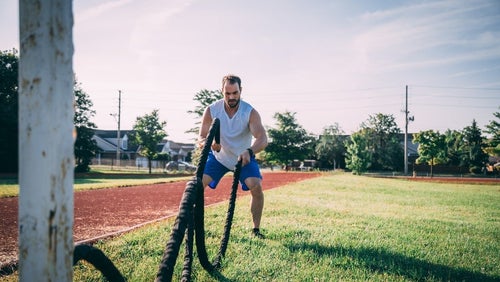
The Best Vitamins & Supplements To Take During Summer
Don't sweat it with these summer-ready supps....

These Are The Best Foods For Cutting
And how to split out your macros....
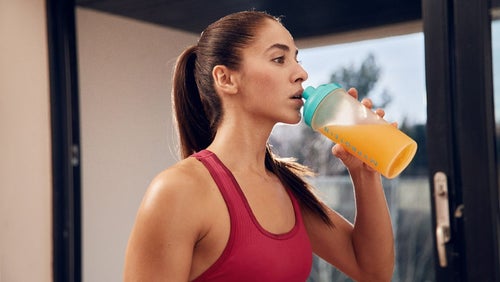
What Is Clear Whey Isolate? | A Game Changer For Summer Training
It's the answer to killer summer workouts......

